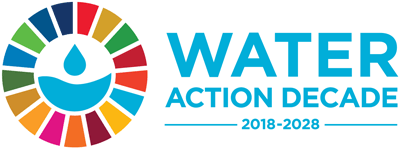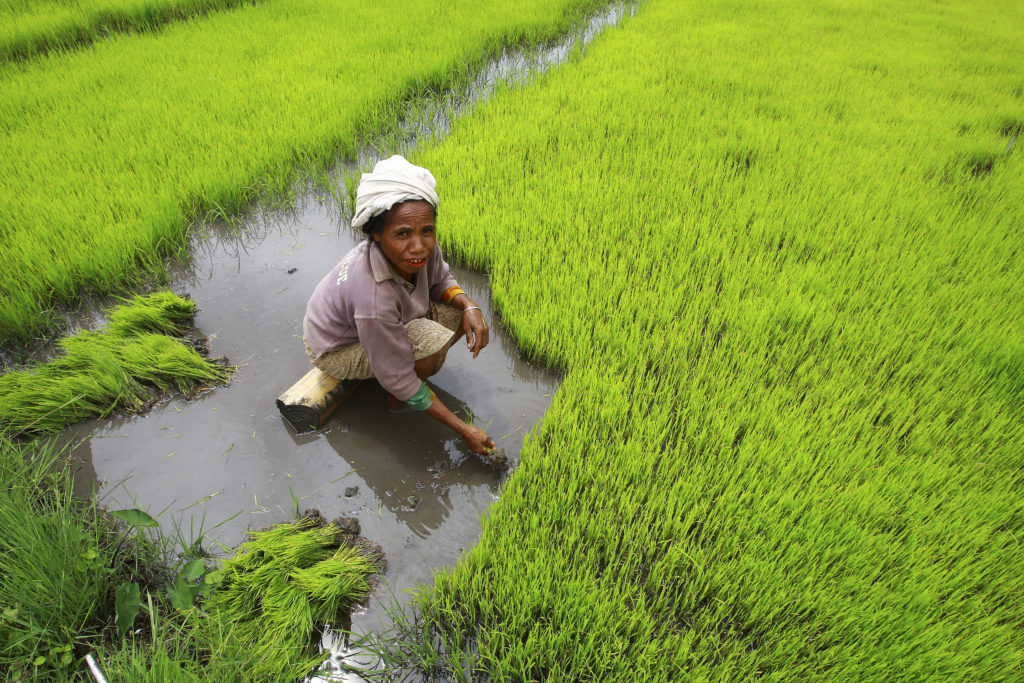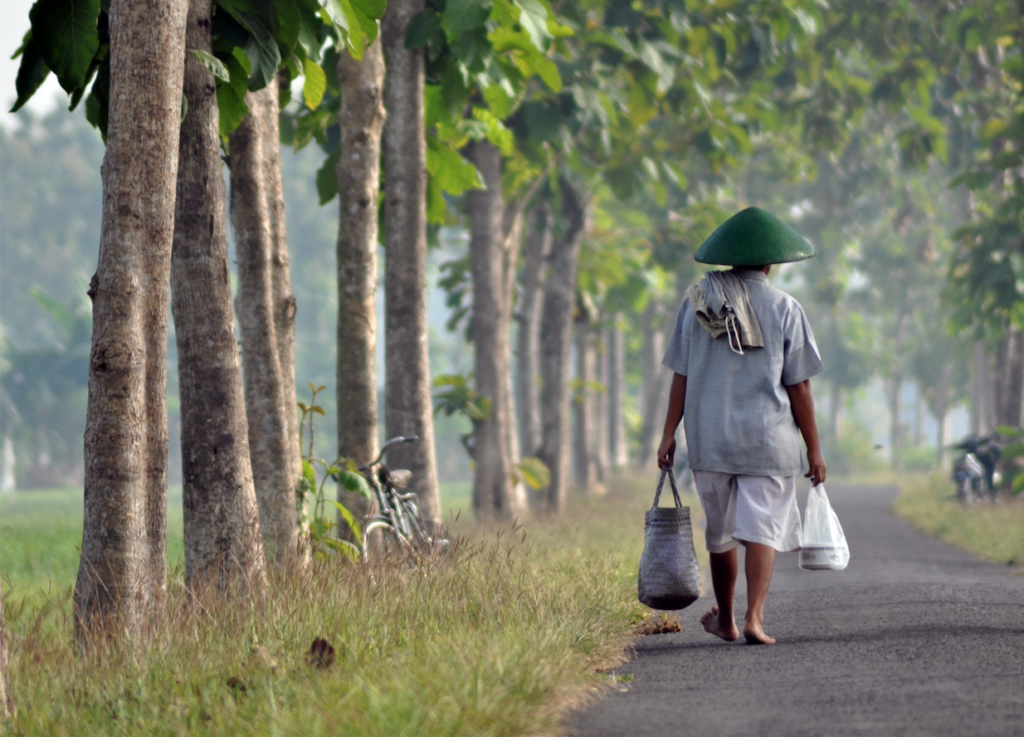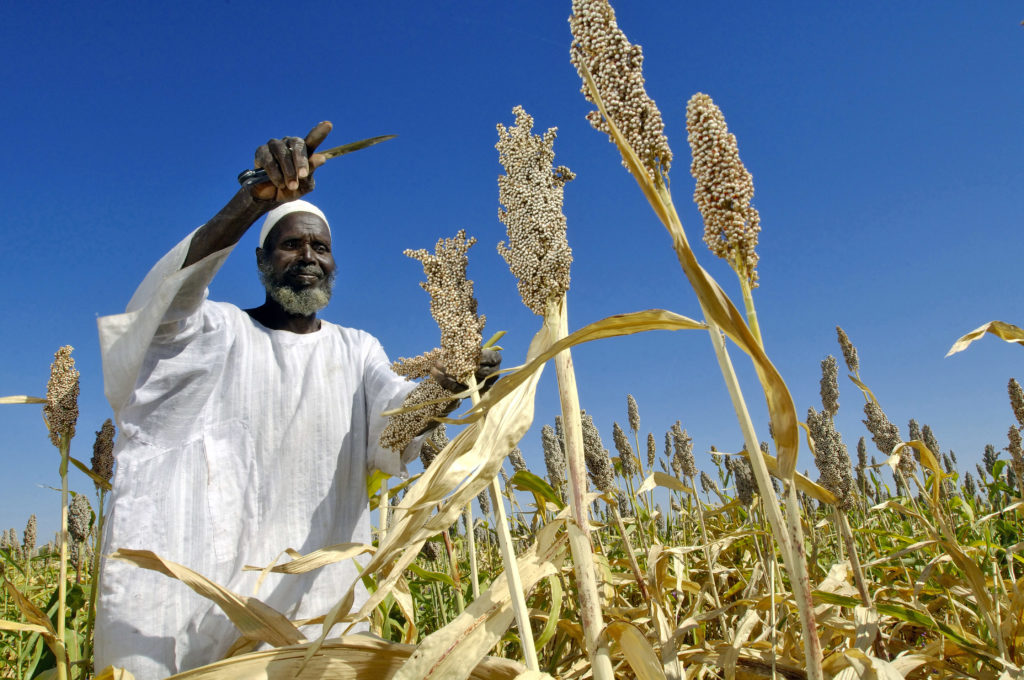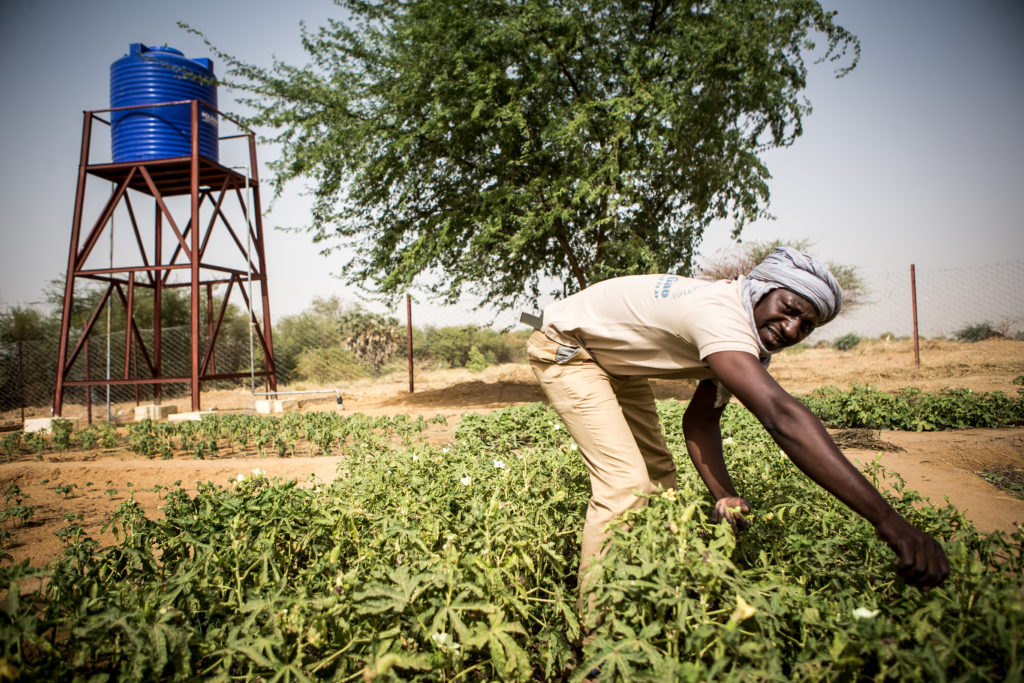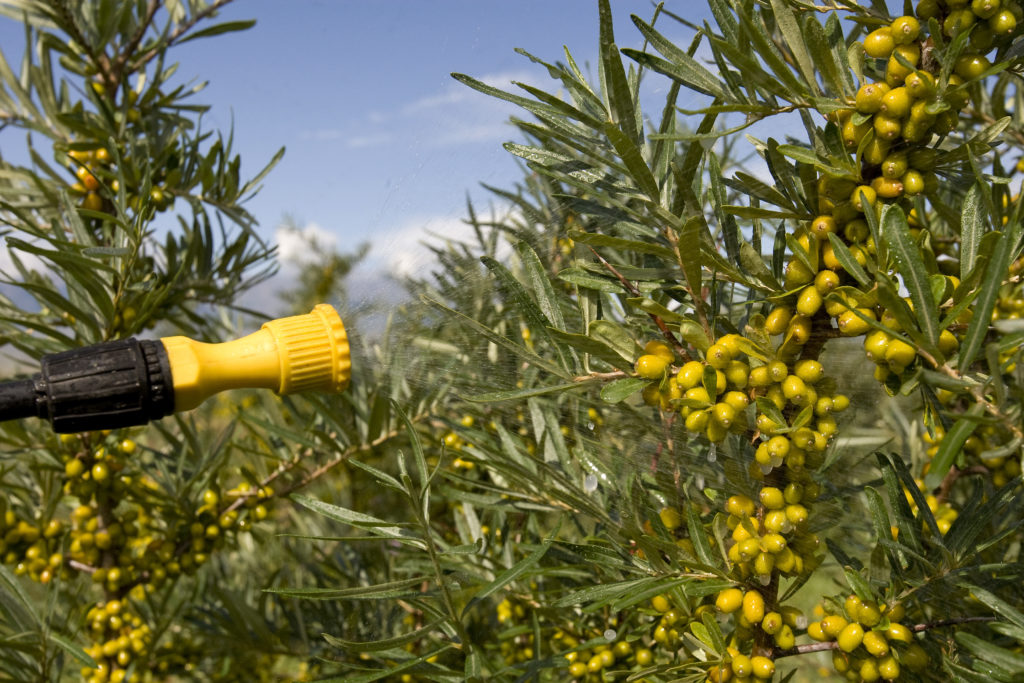Water and rural poverty, including migration
A program by the Food and Agriculture Organization of the United Nations (FAO) aims to reduce the vulnerability of small-scale farmers through multi sectoral pro-poor policies, strategies and pro-poor investment plans at country and regional level, including the adaptation and mitigation to climate change. The program is developing approaches for planning and implementing water investments that...
